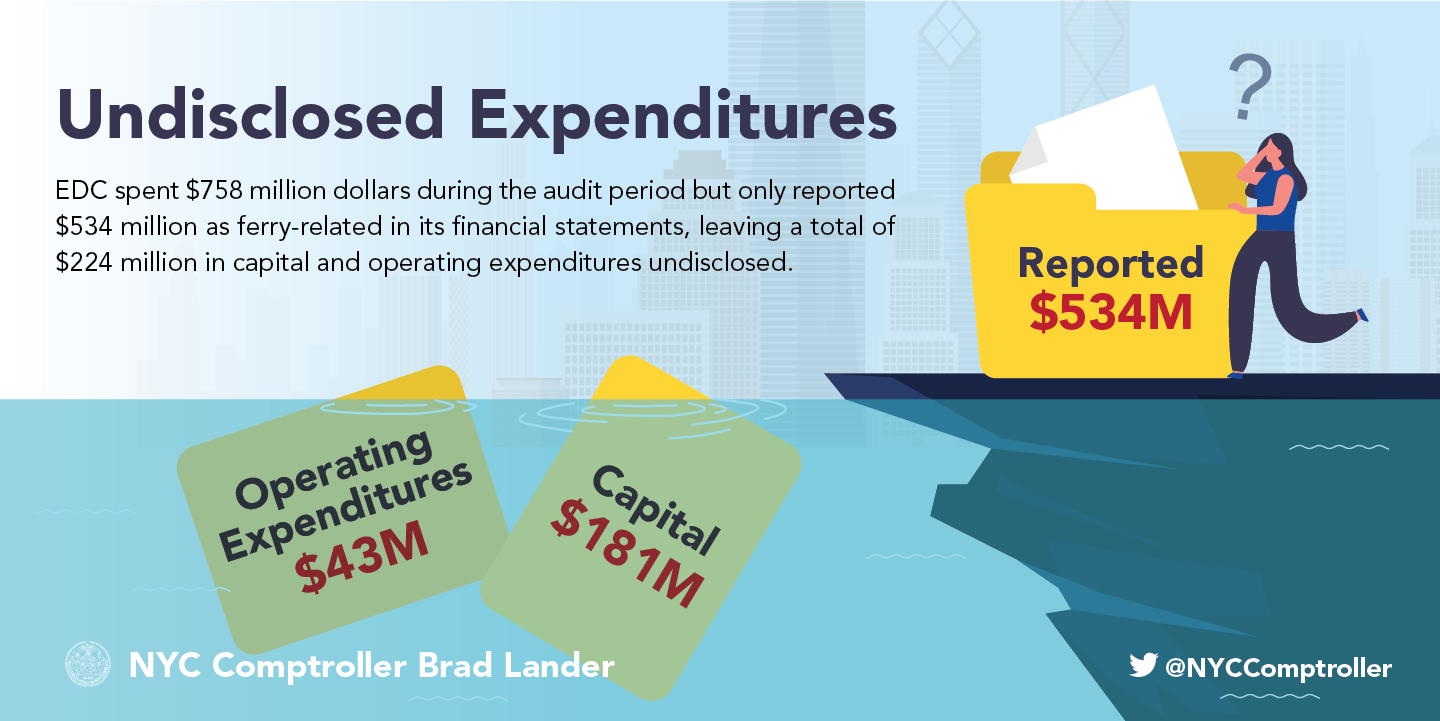Damian Williams, United States Attorney for the Southern District of New York, and Jocelyn E. Strauber, Commissioner of the New York City Department of Investigation (“DOI”), announced today the unsealing of a Complaint charging RUDEAN WEIR and JEROME WEAH, with conspiracy to commit wire fraud, wire fraud, and aggravated identity theft, in connection with a scheme to defraud a program of the New York City Human Resources Administration (“HRA”) which provides cash assistance to homeless veterans of the United States armed services (“Veterans”) seeking permanent housing. WEAH was presented yesterday in Manhattan federal court before United States Magistrate Judge Valerie Figueredo. WEIR will be presented today in federal court in Atlanta, Georgia.
U.S. Attorney Damian Williams said: “As alleged, the defendants abused a New York City program intended to benefit veterans of the United States armed services seeking permanent housing by submitting hundreds of false applications for benefits and causing more than $5 million in fraudulent payments. Thanks to the efforts of the New York City Department of Investigation, the fraud has been exposed and the defendants will have to answer for their conduct.”
DOI Commissioner Jocelyn E. Strauber said: “The Enhanced One-Shot Deal program provides critical funding to help New York City’s unhoused veterans obtain permanent housing. As alleged, defendants Jerome Weah and Rudean Weir stole millions of dollars from the program by fraudulently claiming entitlement to rent, brokers’ fees and other program payments. I thank the City’s Department of Social Services for referring this investigation to DOI and for their hard work on this matter. DOI is proud to work with DSS, and our federal partners at the U.S. Attorney's Office for the Southern District of New York and the Office of Inspector General for the U.S. Department of Veterans Affairs, to expose and prevent the theft of precious public funding intended to aid vulnerable New Yorkers.”
As alleged in the Complaint unsealed today in Manhattan federal court[1]:
From at least October 2020 through at least May 2022, RUDEAN WEIR and JEROME WEAH submitted more than 340 fraudulent applications seeking cash assistance pursuant to the Enhanced One Shot Deal (“EOSD”) program administered by the HRA. The EOSD is an emergency assistance program pursuant to which HRA makes a one-time cash assistance payment to qualifying individuals. EOSD payments are often used to help individuals move out of homeless shelters and/or other temporary housing into permanent housing. EOSD payments may be used to cover certain costs associated with the move to permanent housing, including rent, moving expenses, security deposits, broker’s fees, and payments for furniture and other household items. The HRA also offers and administers services and programs for Veterans, sometimes referred to as “Veteran’s Initiatives.” In connection with these services, the HRA has a designated group responsible for receiving and reviewing EOSD requests made on behalf of homeless Veterans seeking permanent housing.
Between October 2020 and May 2022, the HRA received at least 340 EOSD applications which claimed that the applicants were homeless Veterans who had entered into a lease agreement with a particular landlord (“Landlord-1”). Each of these applications (the “Landlord-1 EOSD Applications”) claimed that a particular company provided broker’s services in connection with the lease agreement (“Broker Company-1”). HRA paid over $5.4 million in EOSD payments and broker’s fees pursuant to the Landlord-1 EOSD Applications.
Based on a review of approximately 60 of the 340 Landlord-1 EOSD Applications, those applications included, among other things, a completed application for “Emergency Assistance” on an HRA designated form; a copy of a purported lease agreement between a Veteran and Landlord-1; forms requesting payment to Landlord-1 and Broker Company-1 for services provided; personal identifying information, such as copies of identification cards and military and/or employment records for the Veteran; and an identification card issued by the New York Department of State reflecting one of two individuals and purporting that each of those individuals was a “Real Estate Salesperson” with Broker Company-1.
The Landlord-1 EOSD Applications were fraudulent. Specifically, Landlord-1 and the Veterans did not, in fact, enter into the lease agreements submitted to HRA in connection with the Landlord-1 EOSD Applications, and Broker Company-1 did not provide real estate brokerage services to either Landlord-1 and/or the Veterans. Furthermore, the identification cards reflecting purported individual brokers associated with Broker Company-1 were forged, in that those brokers are not affiliated with Broker Company-1 and did not provide any real estate brokerage services to either Landlord-1 and/or the Veterans. Therefore, the Landlord-1 EOSD Applications contained fake documentation and information, and fraudulently induced HRA into making EOSD payments.
HRA made EOSD payments of at least $5.4 million in connection with the Landlord-1 EOSD Applications. Of this $5.4 million, over $3.6 million was deposited into a bank account controlled by WEIR, and over $1 million was deposited into a bank account controlled by WEAH. In addition, during this period, the bank account controlled by WEIR paid over $1 million to a bank account held in the name of WEAH.
WEIR, 37, of Atlanta, Georgia, and WEAH, 46, of Edison, New Jersey, are charged with conspiracy to commit wire fraud and wire fraud, each of which carries a maximum sentence of 20 years in prison, and one count of aggravated identity theft, which carries an additional mandatory consecutive two-year sentence.
The maximum potential sentences in this case are prescribed by Congress and are provided here for informational purposes only, as any sentencing of the defendant will be determined by the judge.
The charges contained in the Complaint are merely accusations, and the defendants are presumed innocent unless and until proven guilty.
Mr. Williams praised the outstanding investigative work of the DOI. Mr. Williams also thanked the DSS and the U.S. Department of Veterans Affairs, Office of Inspector General, for their assistance.
[1] As the introductory phrase signifies, the entirety of the text of the Complaint and the description of the Complaint set forth in this release constitute only allegations, and every fact described should be treated as an allegation.






